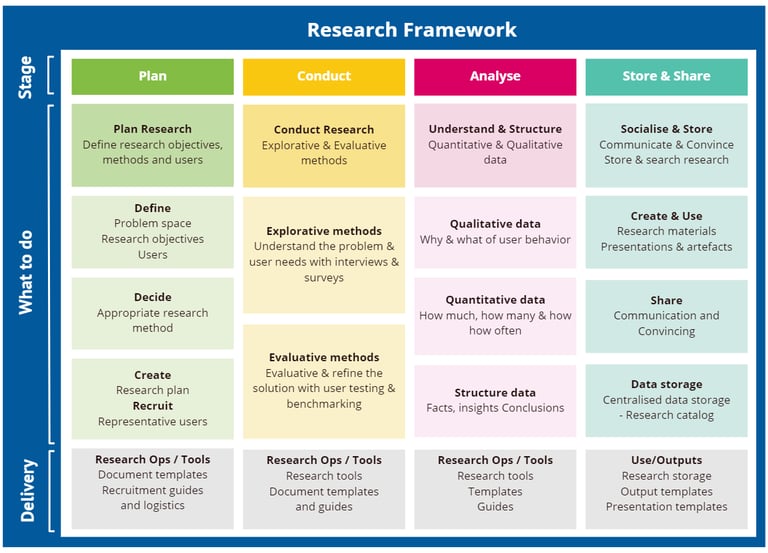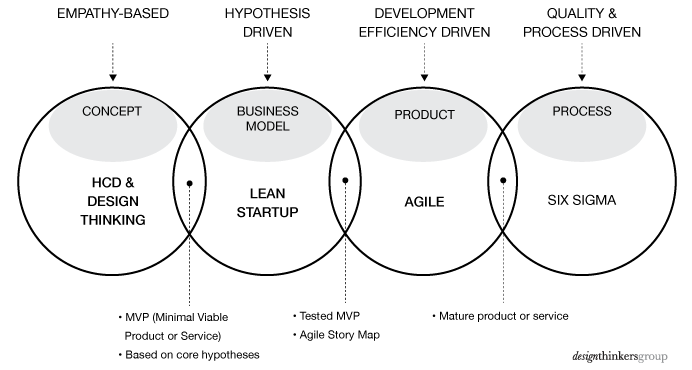User Research Frameworks
Big-picture goal of user research is always: to understand and build empathy for users in order to make better decisions, build better product experiences, and create solutions people actually want.


Plan
Big-picture goal of user research is always: to understand and build empathy for users in order to make better decisions, build better product experiences, and create solutions people actually want.
Conduct
Big-picture goal of user research is always: to understand and build empathy for users in order to make better decisions, build better product experiences, and create solutions people actually want.
Analyse
Big-picture goal of user research is always: to understand and build empathy for users in order to make better decisions, build better product experiences, and create solutions people actually want.
Socialise
Big-picture goal of user research is always: to understand and build empathy for users in order to make better decisions, build better product experiences, and create solutions people actually want.
Design Thinking
Empathize: Understand the user through research and observation.
Define: Synthesize research to define the core problem.
Ideate: Generate a wide range of ideas and solutions.
Prototype: Create low-fidelity prototypes to explore solutions.
Test: Test prototypes with users to gather feedback and iterate.
Lean UX Canvas
Business Problem Statement: Define the business problem you are addressing.
User Segments: Identify the target user segments.
Outcomes and Benefits: Specify the desired outcomes and benefits for users.
Solutions: Propose potential solutions to the problem.
Hypotheses: Formulate hypotheses to be tested.
Assumptions: List assumptions that need validation.
Experiments: Design experiments to test hypotheses.
Results and Insights: Collect and analyze results to gain insights.
Key Differences
Focus: Design Thinking emphasizes understanding and solving user problems through empathy and creativity, while Lean UX Canvas focuses on validating business hypotheses through iterative testing and learning.
Process: Design Thinking follows a more linear process from empathy to testing, whereas Lean UX Canvas is cyclical, emphasizing continuous iteration and feedback.
Tools: Design Thinking uses tools like empathy maps, personas, and journey maps, while Lean UX Canvas uses structured templates to capture and test assumptions and hypotheses.
Key Similarities
User-Centric: Both methodologies prioritize the needs and experiences of the end-user.
Iterative: Both involve iterative processes to refine and improve solutions based on user feedback.
Collaboration: Both encourage cross-functional collaboration to leverage diverse perspectives.
Design Thinking vs. Lean UX Canvas




